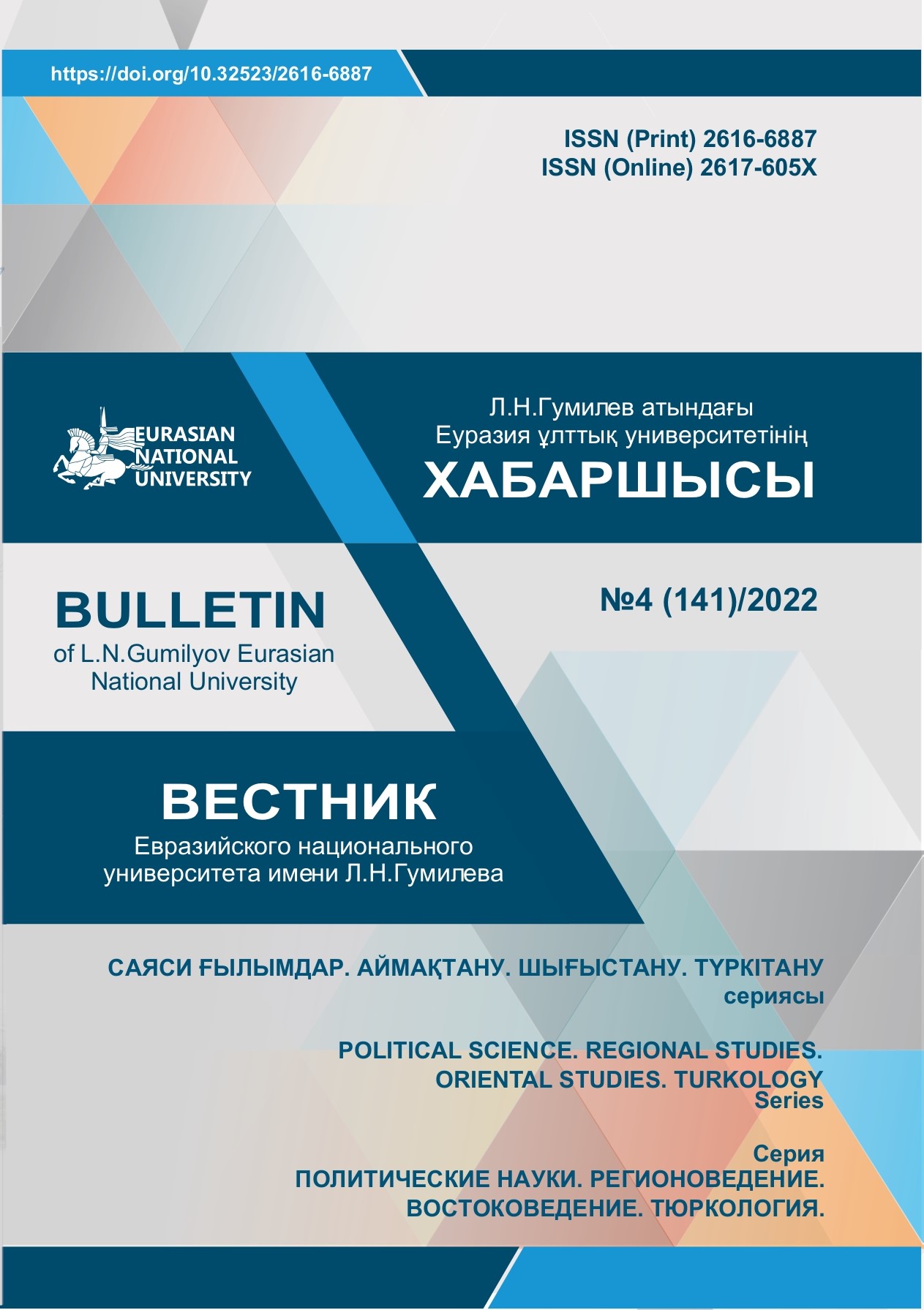Literary and cultural facts for the study of the Armenian-Kypchak heritage
Views: 150 / PDF downloads: 0
Keywords:
Cultural Heritage, Armenian-Qypchak monuments, Historical chronicles, Legal codes and act documents, Philological works, Religious Works, Works of Art, Natural Science works.Abstract
At the current time, turning to historical facts is a matter of great significance for the
public life of Kazakhstan, since only a thorough study of documents related to the history of the
country will help form knowledge about the history and future of our sovereign state.
It is known that in the Middle Ages the rich heritage of the Qypchaks, who had founded the
Desht-i-Qypchak state in Eurasia and contributed to world civilization and culture, was written
in different alphabets at certain periods of history. Historical documents, written in Armenian
graphics in Qypchak, are based on knowledge of religion, literature, history, law, philosophy,
natural sciences and tell about the political, economic, historical and cultural spheres of the life of
the ancient state. The Armenian-Qypchak heritage, since the 20th century, has been the subject
of in-depth study of scientists, published in foreign academic editions, transcribed, supplemented
by dictionaries and translations, its secrets are being revealed day by day. The term «ArmenianQypchak» was introduced by scientists, and the life and cultural ties of the medieval Qypchaks
and Armenians became the basis for their research. Today there is aneed for a more detailed study
of the linguistic features of the Armenian-Qypchak heritage, set out in different genre texts.
Additional Files
Published
How to Cite
Issue
Section
License

This work is licensed under a Creative Commons Attribution-NonCommercial-NoDerivatives 4.0 International License.







